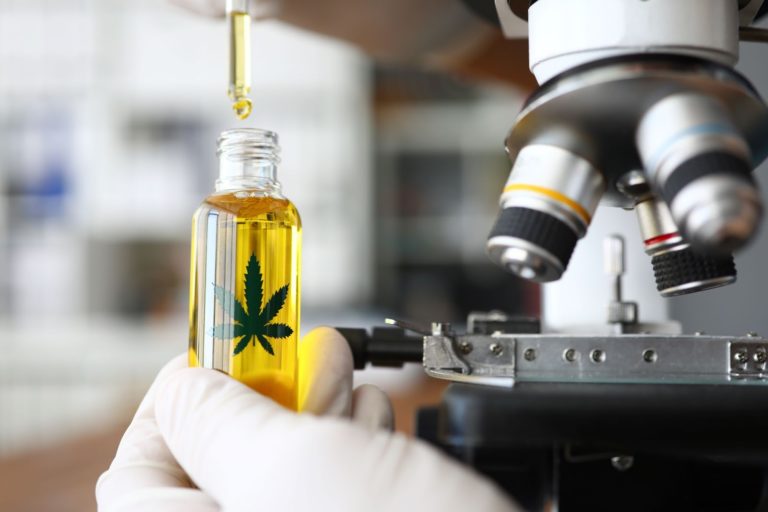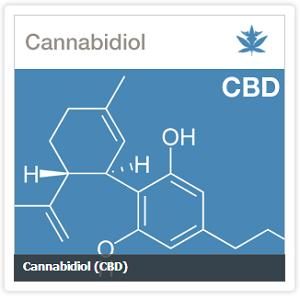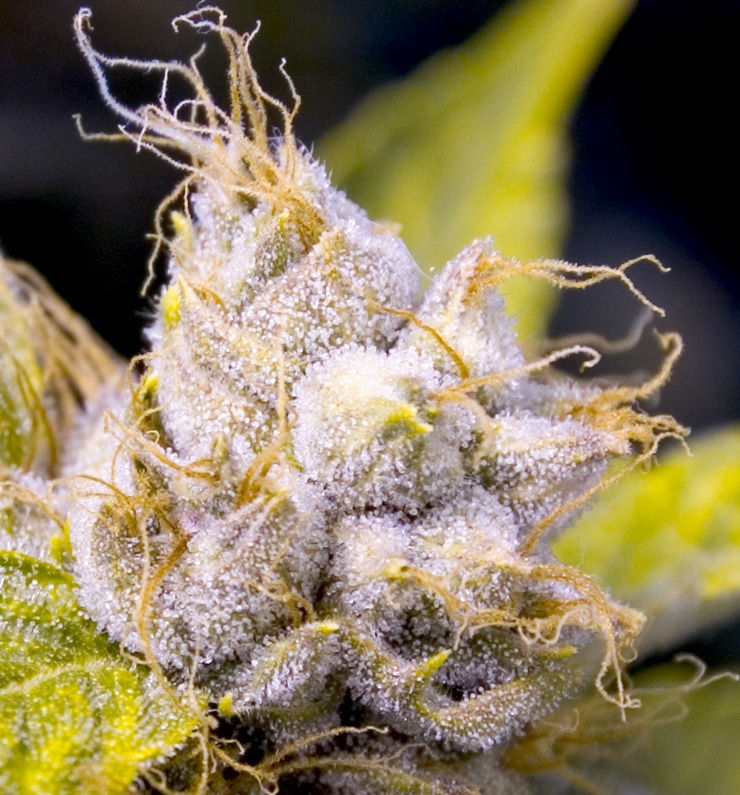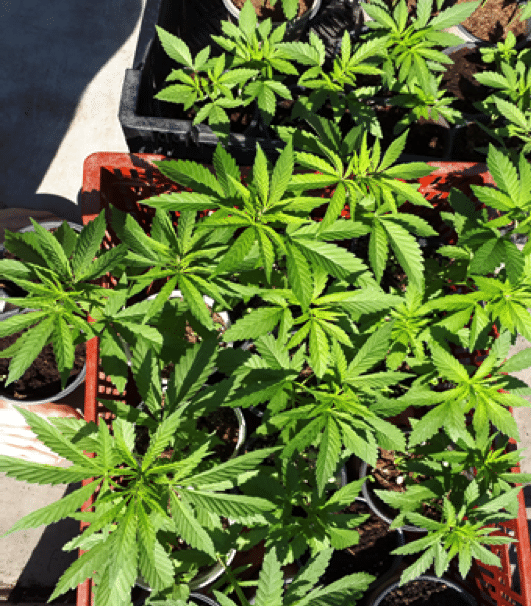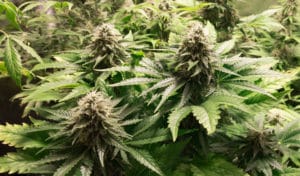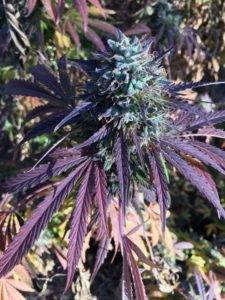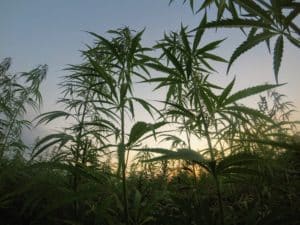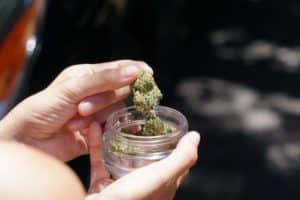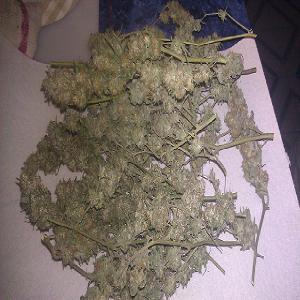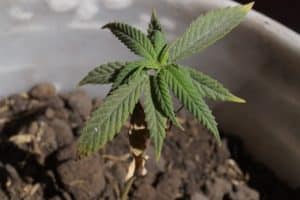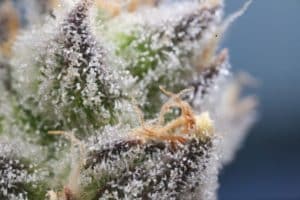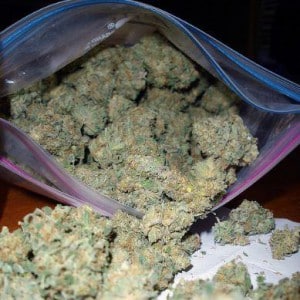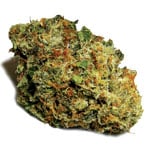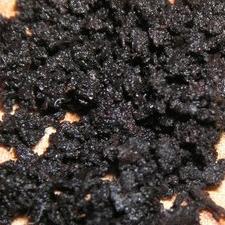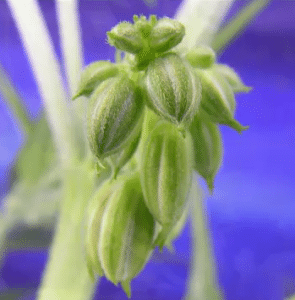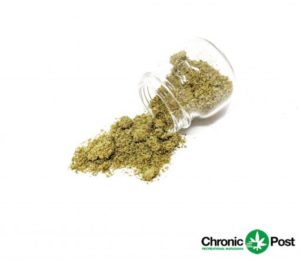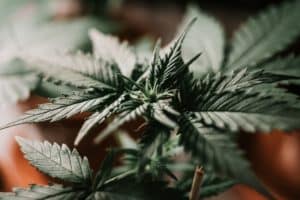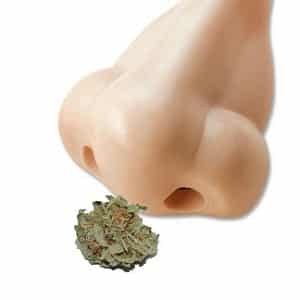 Terpenes Are The Foundation For Marijuana’s Smell
Terpenes Are The Foundation For Marijuana’s Smell
‘Terpenes’ is the new hip word of the medical marijuana movement. For those of you that haven’t jumped on the terpenes medical marijuana bandwagon, there is still time. It always blows my mind how many people are talking about terpenes and cannabis right now that have no idea what it really is. To see what I mean, just ask someone what the definition of terpenes is, and you will quickly see that about 99% of marijuana consumers don’t know.
A great explanation for terpenes can be found in an article that was written by David Downs for newsreview.com. I was e-mailed the article by Americans for Safe Access – San Francisco a couple of weeks ago. Below are some excerpts that I think explain what terpenes are, and how they fit into the medical marijuana world:
“According to Donald Land, a UC Davis chemistry professor who cofounded Halent Laboratories, which tests for terpenes and conducts occasional smelling classes, “Terpenes are a set of relatively simple organic molecules that are present in all living organisms.” He noted that most of the flavors and aromas of plants comes from terpenes.
“The name terpene is derived from the main ingredient in a certain type of pine pitch calledturpentine,” Land explained. “That piney smell that comes along with turpentine comes from terpenes. There are lots of others.”
Herbalists have recognized the power of terpenes for decades. “Cannabis and other plants share a lot of the same terpenes, so terpenes have been legal for many decades,” Land said. “There’s been quite a bit of research on them in the U.S. and abroad, including many well-documented medicinal effects.”
Terpenes also enable pot snobs to make outlandish yet credible claims that they smell chocolate, mango, diesel or lavender in their bag. The five to 10 main terpenes in cannabis have about 25 more rare peers, but cannabis has been found to contain more than 200 different types of them. The combinations are infinite.”
I love the first line of the last paragraph that I quoted. Terpenes definitely enable pot snobs lol. Another amazing article that I found talking about terpenes and marijuana was by the Berkeley Patient’s Care Collective:
Have you ever wondered how the strain Blue Dream can smell so similar to fresh blueberry doughnuts? Or how a sniff of the K.O. Kali-O seems to burst with citrus just like a California Orange? Yes, it is the cannabis. More specifically, what you are really smelling (and tasting) are terpenes.
Terpenes are a large and varied class of hydrocarbons (made up of hydrogen and carbon), produced by a wide variety of plants and also, some insects. Terpenes are referred to as terpenoids when denatured by oxidation (like being dried and cured) or chemically altered by some rearrangement of the carbon skeleton. They are the main component of any plant resin or essential oils and play many important roles in the plant kingdom- from deterring insect predation, protection from environmental stresses and vitally, as chemical building blocks for more complex molecules, like cannabinoids, certain hormones, vitamins (Vitamin A), pigments and sterols.
Terpenoids contribute to the scent of eucalyptus, the flavors of cinnamon, cloves, and ginger, and the color of yellow flowers. Well-known terpenoids include citral, menthol, Salvinorin A in the plant Salvia divinorum and also cannabinoids.
Plant terpenoids are used extensively for their aromatic qualities. They play a role in traditional herbal remedies and are currently under investigation for antibacterial, anti-neoplastic (cancer halting), and other pharmaceutical functions.
We are all familiar with cannabis as medicine or as a recreational drug, but the more subtle aspect of it being an aromatic plant goes too often unsaid. The herbs we use in our kitchen are considered aromatic plants because they contain a particular terpene profile that gives a distinctive flavor. Cannabis is so complex from this point of view that the possible terpene combinations are endless, creating a broad spectrum of aromas and flavors.
Many plant terpenes act synergistically with other terpenes and some serve to either catalyze or inhibit formation of other compounds within a plant. For example, understanding the role of certain terpenes will allow scientists to manipulate cannabinoids to desired ratios. Some terpenes are said to modulate the physiological and psychoactive effects of cannabis.
Cannabis ususally contains a significant amount of a terpene called beta-caryophyllene (BCP), which contributes to the aroma and flavor. Studies show that this terpene, also found in other legal herbs, spices and food plants (it contributes to the spiciness of black pepper), activates the CB2 receptor and acts as a non-psychoactive anti-inflammatory. Because it binds to a cannabinoid receptor, it is considered a cannabinoid and since the widespread natural plant product beta-caryophyllene is an FDA approved food additive and ingested daily with food, it is the first dietary cannabinoid. Whether this compound is able to modulate inflammatory processes in humans via the endocannabinoid system is yet unknown.
Additional research is needed into how these legal compounds participate in providing medicinal properties to marijuana. However, unjust Schedule I classification makes it illegal to extract perfectly legal compounds from the cannabis plant in a lab.
The Green House Seed Company based in Holland, has isolated 16 of the most characteristic and recognizable terpenes, the one’s involved in the distinctive flavor of any strain. For example, Alpha-Pinene is an organic compound found in the oils of many species of pine trees. It is also found in the essential oil of rosemary and present in the oil extracted from the eucalyptus tree. This terpene was also found at the highest level in the Super Silver Haze when analyzed by the Green House Seed company. So, if you like pine-tree smelling and tasting cannabis, you might respond well to this strain.
Myrcene, or ?-myrcene, is a monoterpene and an organic compound. It is obtained from the essential oil of various plants: bay, mango, myrcia (from which is gets its name) and cannabis, but not hemp. Its odor is described as clove-like, earthy, green-vegetative, citrus, and fruity with tropical mango and minty nuances.
In volume III of the Big book of Buds, Ed Rosenthal states that the presence of Myrcene is an important factor in the quality and enjoyment of the high from smoking certain Cannabis strains, particularly those strains that came from tropical climates — namely Sativas. Myrcene is also one of the most important chemicals used in the perfumery industry because of its pleasant odor. Although it is rarely used directly, it acts as an intermediate for the preparation of flavor and fragrance chemicals such as menthol and geraniol.
Limonene is another terpene. It is a colourless liquid at room temperatures with an extremely strong smell of oranges. According to an article in Cannabis Science, limonene can induce ‘relaxation’ and has it’s own unique pharmacology. It takes its name from the lemon because lemon and other citrus fruits contain high quantities of this compound, which is responsible for much of their smell. Interestingly, it has been considered as a bio-fuel as it is combustible when pure. It is also present in many cannabis strains.
There are over 120 kinds of terpenes in cannabis, some only in trace amounts with others in double-digit percentage. Being able to measure these volatile compounds before and after a breeding experiment will offer the cannabis scientist endless opportunities for developing new flavors by basing breeding decisions on real analytical data.
Articles of interest regarding this topic are Sticky Magazine blog, Cannabis-Science website,Wikipedia and The Green House Seed Company website.





